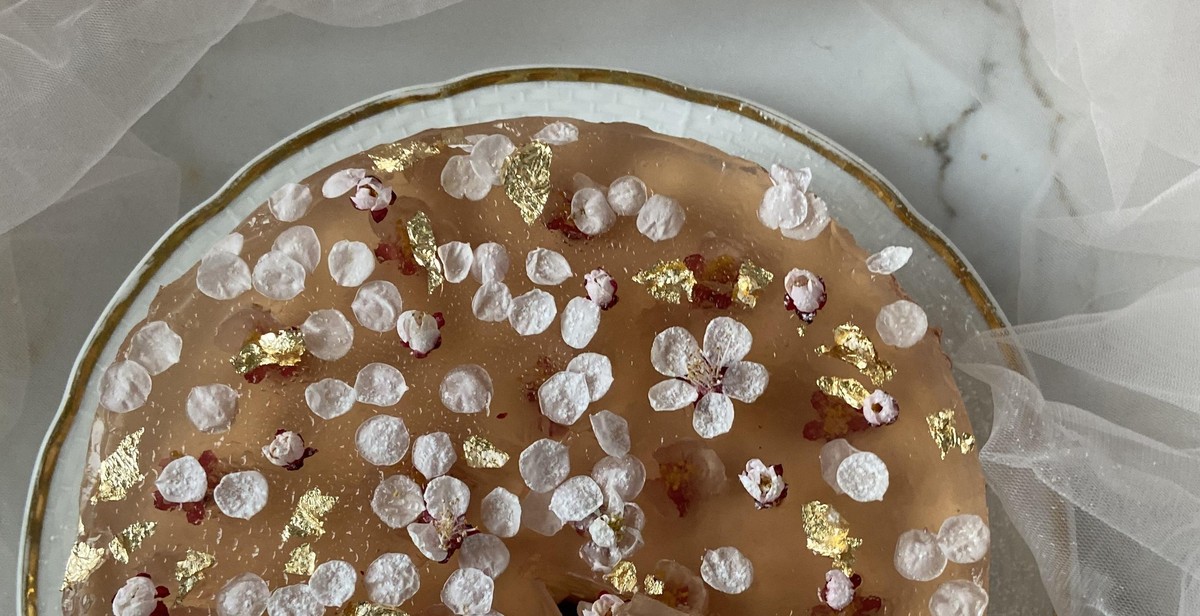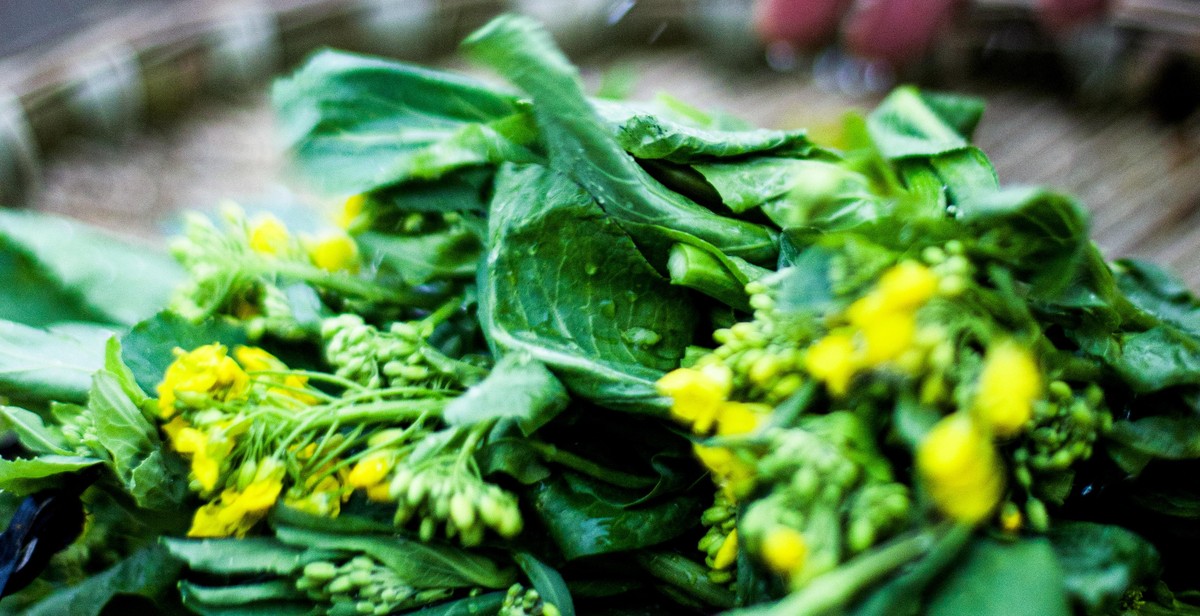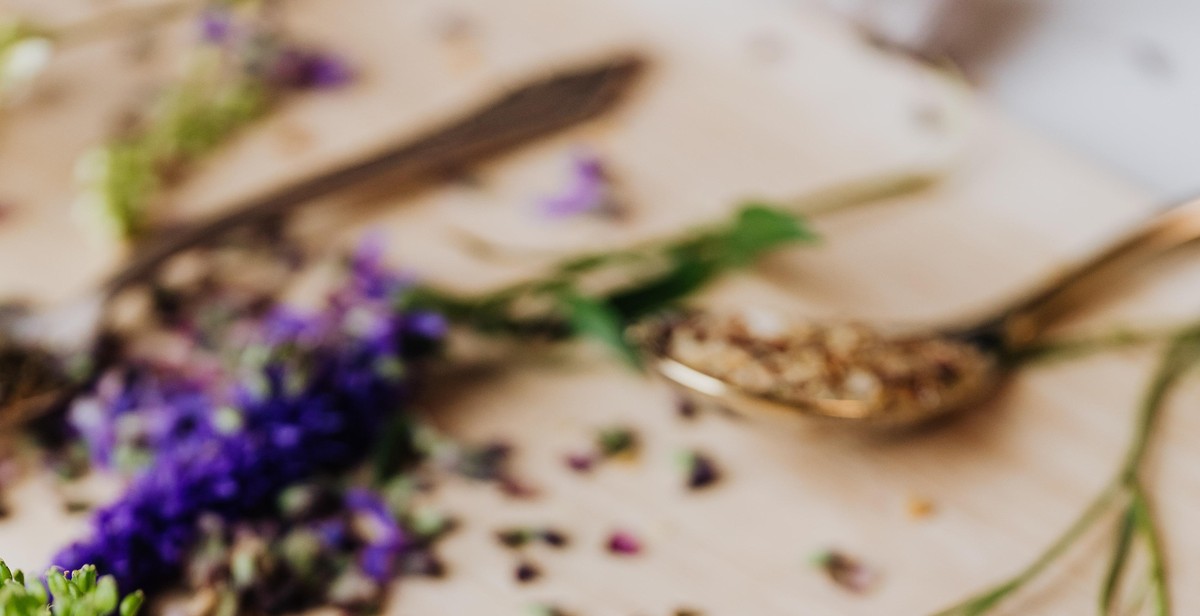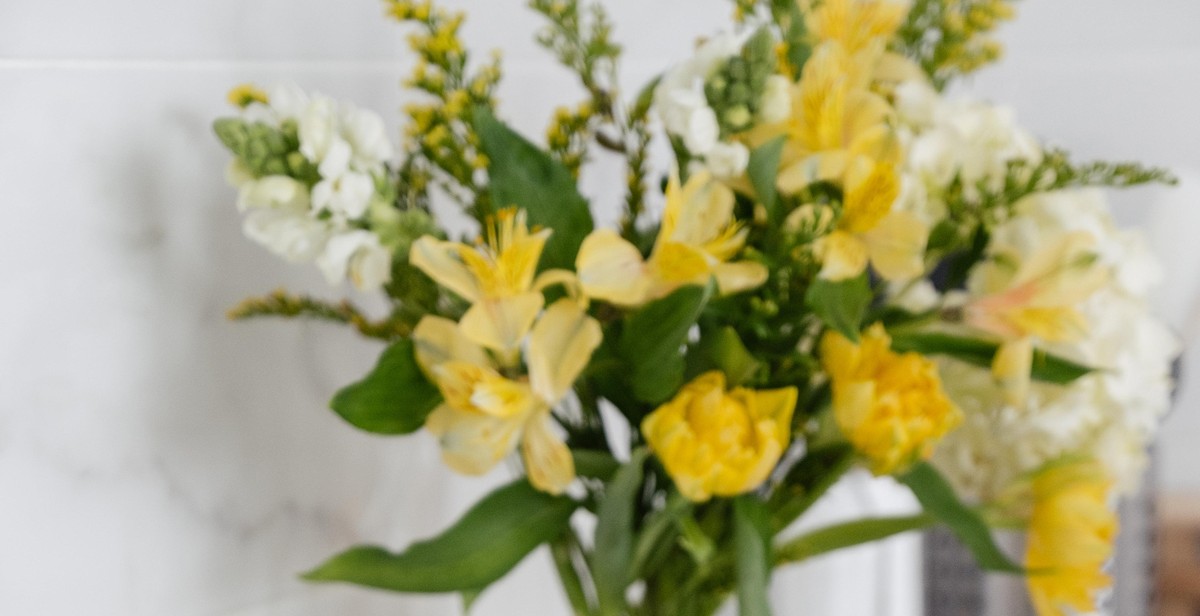How to Grow Edible Flowers for Culinary Delights and Garnishes
Edible flowers are not only beautiful and colorful, but they also add unique flavors and aromas to your dishes. Growing edible flowers in your garden or on your balcony is easy and rewarding, and it allows you to experiment with new culinary ideas and impress your guests with creative and delicious dishes.
Why Grow Edible Flowers?
Edible flowers have been used in cooking for centuries, and they are a popular ingredient in many cuisines around the world. They offer a range of health benefits, such as antioxidant and anti-inflammatory properties, and they can also elevate the visual appeal of your dishes.
By growing your own edible flowers, you have access to a wider variety of flowers than what is typically available in stores, and you can ensure that they are grown organically and free from harmful pesticides. Plus, it’s a fun and rewarding hobby that can also save you money in the long run.
In this article, we will explore the best practices for growing edible flowers, including choosing the right flowers, preparing the soil, planting and caring for your flowers, and harvesting and storing them for culinary use. Whether you are a seasoned gardener or a beginner, you will find valuable tips and insights to help you grow beautiful and delicious edible flowers.

Choosing the Right Flowers
Choosing the right flowers to grow for culinary delights and garnishes can be overwhelming, especially for beginners. It is essential to select the right flowers that are not only edible but also safe for consumption. Here are some of the best edible flowers for beginners:
Best Edible Flowers for Beginners
- Nasturtiums: These are one of the easiest edible flowers to grow and are perfect for beginners. They come in a variety of colors, from yellow to orange to red, and have a peppery taste.
- Calendula: These bright orange or yellow flowers are easy to grow and have a slightly bitter taste. They are great for adding color to salads, soups, and stews.
- Borage: These blue, star-shaped flowers have a mild cucumber flavor and are perfect for adding to salads or drinks.
- Pansies: These delicate flowers come in a variety of colors and have a slightly sweet, grassy taste. They are perfect for garnishing desserts, salads, and cocktails.
When selecting flowers, make sure to choose ones that have not been treated with pesticides or other chemicals. Always wash the flowers thoroughly before using them in your cooking.
Flowers for Different Dishes and Drinks
Each flower has a unique flavor and can be used in different dishes and drinks. Here are some ideas:
| Flower | Flavor | Uses |
|---|---|---|
| Nasturtiums | Peppery | Salads, sandwiches, pasta dishes |
| Calendula | Slightly bitter | Soups, stews, rice dishes |
| Borage | Mild cucumber | Salads, cocktails |
| Pansies | Slightly sweet, grassy | Desserts, salads, cocktails |
Other flowers that can be used in cooking include lavender, rose petals, violets, and dandelions. Experiment with different flowers and flavors to create unique dishes and drinks.

Preparing Your Garden
Before planting edible flowers, it is important to prepare your garden properly. Here are some tips to ensure your garden is ready:
Location and Soil
Choose a location that receives at least six hours of sunlight per day. Most edible flowers require ample sunlight to grow properly. Make sure the soil is well-drained and rich in organic matter. You can improve soil quality by adding compost or aged manure. Test the soil pH to ensure it falls between 6.0 and 7.0, which is ideal for most edible flowers.
When it comes to soil texture, edible flowers prefer loamy soil that is neither too sandy nor too clayey. If your soil is too sandy, it will dry out quickly and not hold enough nutrients for the plants. On the other hand, if your soil is too clayey, it will hold too much water and not allow for proper drainage.
Planting
When planting edible flowers, it is important to follow the instructions on the seed packet or plant label. Most edible flowers can be planted in early spring or late summer. Some popular edible flowers include nasturtiums, pansies, violets, and calendula.
When planting, make sure to space the plants according to their specific requirements. Some plants, such as nasturtiums, prefer to be spaced farther apart, while others, such as violets, can be planted closer together.
Caring for Edible Flowers
Once your edible flowers are planted, it is important to care for them properly. Here are some tips:
- Water the plants regularly, making sure not to overwater them.
- Remove any weeds that may be competing for nutrients.
- Apply a balanced fertilizer every two to three weeks.
- Pinch back the plants to encourage bushier growth and more flowers.
- Deadhead the flowers regularly to promote more blooms.
By following these tips, you can ensure that your edible flowers grow healthy and strong, providing you with a bountiful harvest of beautiful and delicious flowers to use in your culinary creations.

Harvesting and Storing Edible Flowers
Harvesting and storing edible flowers is an important step in the process of growing them. Not only does it ensure that you have a steady supply of fresh flowers for culinary delights and garnishes, but it also helps to preserve their flavor and nutritional value.
When to Harvest Edible Flowers
The timing of the harvest is crucial when it comes to edible flowers. Ideally, you should pick them in the morning when the dew has dried but before the sun is too hot. This is when the flowers are at their freshest and most flavorful.
It’s important to note that not all parts of the flower are edible. In most cases, only the petals should be used, while the stamen and pistil should be removed. Additionally, some flowers may have a bitter taste or be toxic, so it’s essential to do your research before harvesting them.
Some popular edible flowers and when to harvest them include:
- Roses – pick when the buds have just opened
- Lavender – harvest when the flowers are fully open
- Chamomile – pick when the flowers are fully open
- Nasturtium – harvest when the flowers are fully open
- Calendula – pick when the flowers are fully open
Storing Edible Flowers
Once you’ve harvested your edible flowers, it’s important to store them properly to maintain their freshness and flavor. Here are some tips:
- Remove any dirt or insects from the flowers and gently rinse them with cool water.
- Pat the flowers dry with a paper towel or let them air dry.
- Store the flowers in an airtight container lined with a damp paper towel. This will help to keep them fresh for up to a week.
- You can also freeze edible flowers by placing them in a single layer on a baking sheet and freezing them until they’re solid. Then transfer them to a freezer-safe container and store them for up to six months.
By following these simple steps, you can ensure that your edible flowers are always fresh and ready to use in your culinary creations.

Using Edible Flowers in Your Cooking
Edible flowers have been used for centuries to add flavor, color, and texture to dishes. They are not only beautiful but also nutritious and can be used in a variety of ways. Here are some ideas on how to use edible flowers in your cooking:
Savory Dishes
- Add nasturtium flowers to salads for a peppery flavor.
- Use chive flowers as a garnish for soups and stews.
- Add borage flowers to pasta dishes for a cucumber-like flavor.
- Use calendula petals in savory bread recipes.
- Add rose petals to rice dishes for a subtle floral flavor.
Sweet Treats
- Decorate cakes and cupcakes with violets or pansies.
- Add lavender flowers to sugar cookies for a unique flavor.
- Use hibiscus flowers to make a flavorful and colorful syrup.
- Add chamomile flowers to muffins or scones for a subtle floral flavor.
- Use rose petals to make a fragrant and flavorful jelly.
Drinks and Cocktails
- Use elderflowers to make a refreshing summer drink.
- Add lavender flowers to lemonade for a unique twist.
- Use rose petals to make a fragrant and flavorful tea.
- Use borage flowers to garnish cocktails for a pop of color.
- Add chamomile flowers to a hot toddy for a soothing effect.
Experiment with different edible flowers to find your favorite flavors and combinations. Just make sure that the flowers you use are edible and have not been treated with any chemicals or pesticides.
